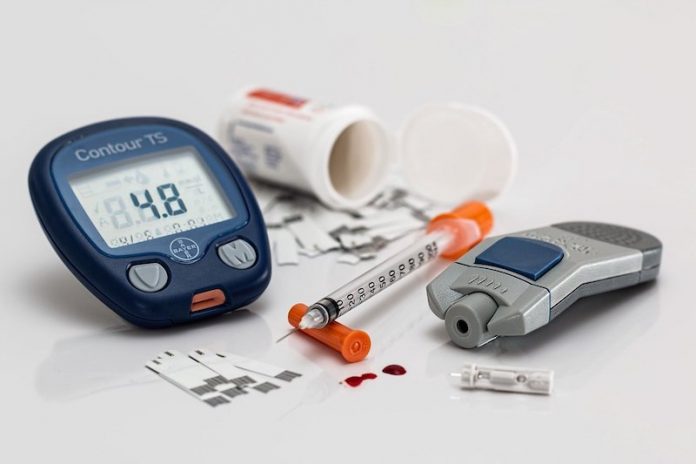
In a new study, researchers found that regular physical activity is a safe diabetes prevention strategy for people residing in relatively polluted regions.
The research was conducted by a team at the Chinese University of Hong Kong and elsewhere.
Previous studies have shown that air pollution is a novel risk factor for the development of type 2 diabetes.
Physical activity increases the inhalation of air pollutants, which may exacerbate the adverse health effects of air pollution.
There is limited information on the combined associations of air pollution and habitual physical activity with the development of type 2 diabetes.
In the study, the team examined regular physical activity and chronic exposure to PM2.5 particles with the incidence of type 2 diabetes in 156,314 adults who had undergone a total of 422,831 medical examinations in Taiwan.
In the place, the annual PM2.5 concentration is around 2.6 times higher than the WHO recommended limit.
The team found that compared with high physical activity, moderate (by 31%) and inactive/low physical activity (by 56%) were associated with a higher risk of diabetes.
Participants with moderate (by 31%) and high (by 94%) PM2.5 had a higher risk of type 2 diabetes than the participants exposed to low PM2.5.
The participants with high physical activity and low PM2.5 had a 64% lower risk of type 2 diabetes than those with inactive/low physical activity and high PM2.5.
The findings showed that high levels of habitual physical activity combined with low levels of chronic PM2.5 exposure were linked to a lower risk of developing type 2 diabetes.
Low levels of habitual physical activity combined with high levels of chronic PM2.5 exposure were linked to a higher risk of developing type 2 diabetes.
Additional analysis showed that the effect on diabetes risk seemed to be more pronounced for higher levels of pollution than it was for lower levels of physical activity.
These findings suggest that habitual physical activity is a safe strategy for diabetes prevention for people who reside in relatively polluted areas.
One author of the study is Professor Lao Xiang Qian.
The study is published in Diabetologia.
Copyright © 2021 Knowridge Science Report. All rights reserved.



